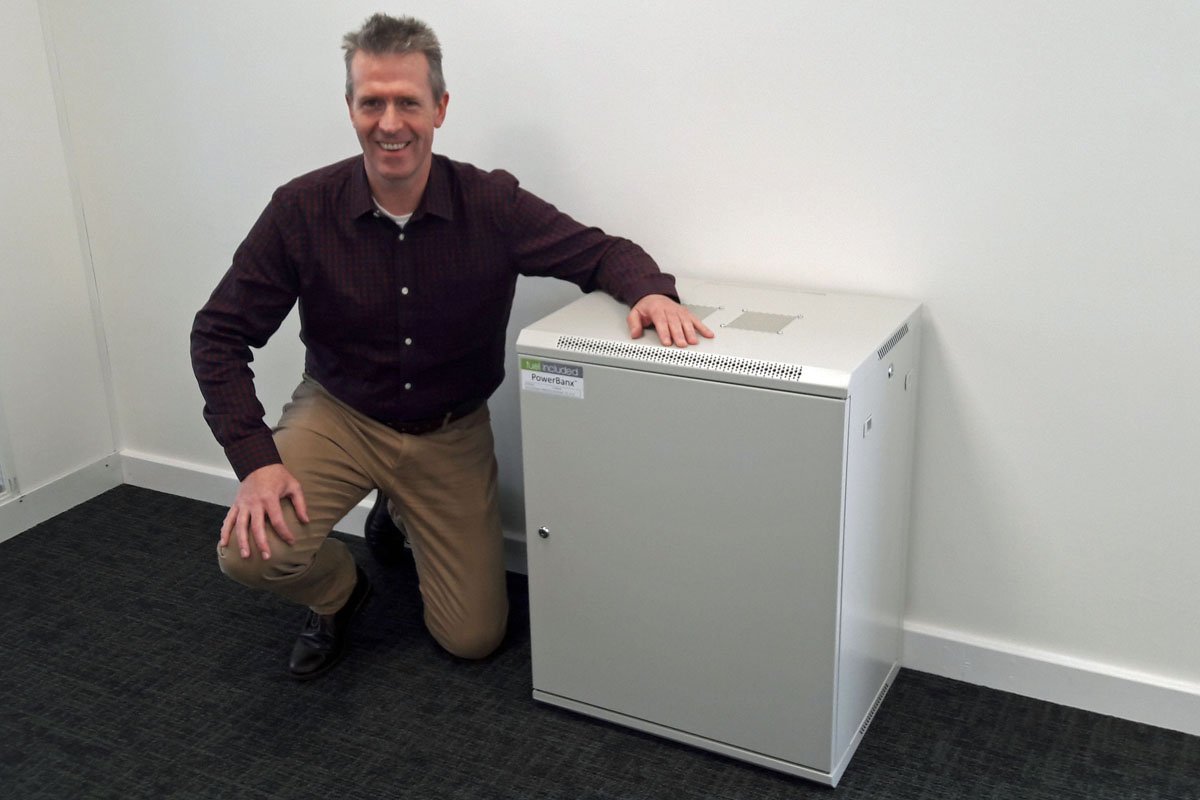The global residential storage market has been picking up momentum recently, with installation growth rates soaring in many geographies such as Australia, the USA — and particularly Germany, which clearly leads the pack.
Some 35,000 systems came online in 2017 alone and another 45,000 systems are expected in the course of 2018. In total, 90,000 residential storage systems have been installed to date, equaling around 500MWh, or two thirds of Germany’s total operational stationary energy storage capacity.

But what has driven this boom in Germany, the world’s leading market for residential storage? What value do customers expect when adding a storage system to their homes? And more importantly, what are energy storage providers doing to sustain and accelerate growth, which can eventually unlock a true mass market?
To answer these questions, this article investigates the three principal business models for residential storage that we at Apricum see in Germany today, namely:
- “Cash for the box” – just selling the energy storage hardware
- “Utility play” – in addition, selling the residual amount of electricity
- “Aggregation & stacking” – aggregating individual storage units to exploit the full revenue potential
“Cash for the box”: early industry powered by dentists and retired engineers
Many of the residential storage system sales in Germany, so far, were based on the “cash for the box” business model. It addresses the German key use case for residential storage: increasing the self-consumption of self-generated PV-power. Indeed, falling Feed-in-Tariffs (FiT) and high electricity retail prices increasingly favor self-consumption over grid purchase, and pairing a PV system with residential storage can help expand the share of self-consumption at still lower average procurement costs than pure grid supply. But it is important to note that the PV system typically “subsidises” the storage unit. Hence, adding residential storage generates lower returns than a PV-only solution. The business case is improved — to a certain extent — through federal incentives for residential storage such as the “KfW 275” program, which offers low interest loans and a repayment bonus. However, due to feed-in restrictions, bureaucracy, budget limitations and other reasons, uptake of the program has been limited. Only about 20 % of new installations were supported in 2017. More importantly, the program will expire by the end of 2018, with no plans for an extension currently visible.
Consequently, the market, so far, was mainly driven by the —surprisingly large — early adopter segment. This segment is characterized by individuals who can afford to act not entirely in a return?driven manner, but install residential storage mostly for non-monetary reasons such as the wish to increase independence from the utilities or to actively support Germany’s energy transition. Often, a certain technical curiosity and affinity as well as a fear of black outs play a role, too. Based on these characteristics, the early adopters for residential storage in Germany are often generalised as “dentists and retired engineers”.
Read more: Energy-Storage News


